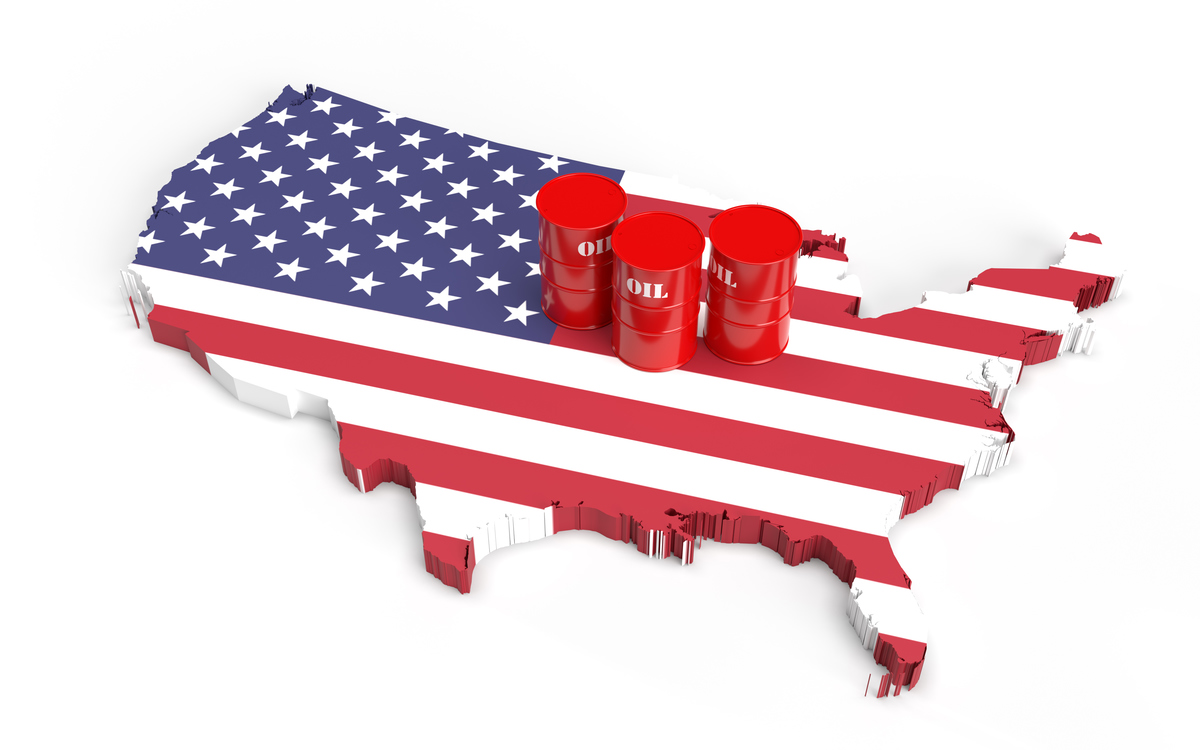Brent nears $90/bbl on US crude inventory build and lingering demand fears from China
Front-month ICE Brent has slumped $2.74/bbl lower on the day, to $92.24/bbl at 09.00 GMT.

PHOTO: The EIA sees downside risk for Brent in 2023 from OPEC and US oil production growth and a weakening global economy. Getty Images
Upward pressure:
The Energy Information Administration (EIA) has predicted a mild growth in global liquid fuel demand in 2023. It expects demand to reach 100.9 million b/d, which is higher than this year’s forecast at 99.8 million b/d.
But the EIA has also indicated that there can be a potential supply crunch early next year as global oil consumption is expected to outpace production. Global oil production is forecast to average 100.6 million b/d in 2023, and inventories to decrease by 1.2 million b/d in the first quarter.
A number of major oil and gas company executives expressed similar concerns to CNBC earlier this month. Dutch energy and commodity trading company Vitol’s chief executive Russell Hardy warned of a “difficult” winter this year, followed by a more challenging one next year as there will be significant curbs on the supply available to Europe in the first half of 2023.
Italian Eni’s head Claudio Descalzi said that for Europe, “the issue is not this winter. It will be the next one, because we are not going to have Russian gas – 98% [less] next year, maybe nothing.”
Commercial crude oil inventories remain about 3% below their five-year average at 440.7 million bbls, and US strategic petroleum reserves remain below the key 400-million-bbl mark at 396 million bbls, further fuelling supply concerns.
Downward pressure:
The EIA has reported a 3.92-million-bbl build in US commercial crude inventories for the week ending 4 November, which was higher than the Reuters analysts' estimate of 1.1 million bbls increase. According to official statistics, US production levels have increased by 200,000 b/d on the week, reaching a total of 12.1 million b/d.
Although the official figures are subdued compared to API estimates, they indicate that supply has picked up and that demand has declined versus forecasts by analysts and traders. Earlier this month, US President Joe Biden had urged US oil majors to boost production to reduce fuel prices, threatening to impose a higher tax on excess profits if they do not.
OPEC and US oil production growth, as well as a weakening global economy, could pose downside risks for Brent prices in 2023, according to the EIA.
A rising tide of Covid cases in China and the government's zero-Covid policy is acting as a figurative pebble in Brent's shoes, with the constant threat of extended lockdowns and tight restrictions contributing to the woes surrounding a global recession and demand decline. CNN reports that the world's largest oil consumer has imposed a lockdown in Guangzhou, affecting approximately five million residents.
By Konica Bhatt
Please get in touch with comments or additional info to news@engine.online





